The internet is evolving faster than ever, and Web3 is at the heart of this transformation. If you thought Web2 was groundbreaking, wait till you see what Web3 has in store. From decentralization to blockchain-driven transparency, this new era of the web is set to redefine how we interact online.
So, what exactly is Web3, and how is it changing the digital game in 2025? Let’s dive in!
What is Web3? A Quick Refresher
Before we talk about the revolution, let’s get the basics straight. Web3 is the next generation of the internet that focuses on decentralization, blockchain technology, and user ownership. Unlike Web2, where big tech companies control data, Web3 gives power back to the users.
Think of it as an internet where you own your data, transactions are transparent, and middlemen are replaced by smart contracts. Sounds futuristic, right? Well, the future is already here!
How Web3 is Changing the Digital World in 2025
Decentralization: The End of Central Control
One of the biggest shifts Web3 brings is decentralization. Gone are the days when tech giants like Google, Facebook, and Amazon had a monopoly over data and online interactions. Instead, decentralized networks and blockchain technology ensure that no single entity controls the web.
For example, instead of using centralized cloud storage, users now rely on decentralized platforms like IPFS and Arweave, which store data across multiple nodes. This means no single company can delete, manipulate, or control your information.
Blockchain and Smart Contracts: Trust Without Middlemen
Blockchain isn’t just about cryptocurrencies anymore. It’s becoming the backbone of Web3, enabling transparent and tamper-proof transactions.
Smart contracts—self-executing programs on the blockchain—are eliminating the need for middlemen. Whether it’s real estate deals, insurance claims, or online agreements, smart contracts ensure transactions happen automatically when conditions are met. This saves time, reduces costs, and increases security.
The Rise of Decentralized Finance (DeFi)
The financial industry is experiencing a massive shakeup with DeFi. Traditional banking systems are being replaced by blockchain-based financial services that allow users to borrow, lend, trade, and earn interest—all without needing a bank.
In 2025, DeFi platforms are more secure, user-friendly, and widely adopted. People no longer rely on banks for transactions; instead, they use DeFi apps that offer higher returns and fewer restrictions.
NFTs and Digital Ownership
NFTs (Non-Fungible Tokens) started with digital art but have now expanded to real estate, gaming, fashion, and even identity verification. Web3 is making digital ownership a reality, allowing users to buy, sell, and trade digital assets with full transparency.
In gaming, for example, players actually own their in-game assets and can trade them across different platforms. This is a huge shift from traditional games where items are locked within a single ecosystem.
The Metaverse: A New Digital Universe
The Metaverse isn’t just a buzzword anymore—it’s becoming an integral part of the Web3 ecosystem. Virtual worlds, powered by blockchain and AI, are giving users immersive experiences where they can work, play, and socialize.
In 2025, businesses are setting up digital offices in the Metaverse, artists are hosting virtual concerts, and brands are selling digital merchandise. This opens up endless opportunities for innovation and interaction.
Privacy and Data Ownership
Remember those annoying targeted ads following you everywhere? With Web3, that’s a thing of the past. Since users control their own data, companies can no longer exploit personal information for profit.
Decentralized identity solutions now allow users to log in to platforms without giving away personal details. This enhances security and gives people full control over their online presence.
DAOs: The Future of Organizations
Decentralized Autonomous Organizations (DAOs) are transforming how businesses and communities operate. Unlike traditional companies with hierarchical structures, DAOs are run by smart contracts and governed by community votes.
This means decisions are made transparently, and every stakeholder has a say in the organization’s future. DAOs are being used for everything from crowdfunding projects to managing entire corporations.
Challenges Web3 Faces in 2025
While Web3 is revolutionary, it’s not without its hurdles.
- Scalability Issues: Blockchain networks are still working on handling large-scale transactions efficiently.
- Regulatory Uncertainty: Governments are still figuring out how to regulate Web3 without stifling innovation.
- User Adoption: Many people still find blockchain technology complex, making widespread adoption a challenge.
Despite these challenges, advancements in blockchain scalability, improved user interfaces, and better education are pushing Web3 closer to mainstream acceptance.
Final Thoughts: The Web3 Revolution is Here
Web3 is not just a trend—it’s the future of the internet. With decentralization, blockchain technology, and digital ownership, it’s creating a fairer, more transparent, and user-driven web.
Businesses, developers, and users who embrace Web3 now will be ahead of the curve, shaping the next era of digital innovation. Are you ready to be part of the revolution?
Want to build your Web3 project with expert guidance? Technoloader specializes in Web3 development, blockchain solutions, and NFT integration. Get in touch today and take your digital transformation to the next level!


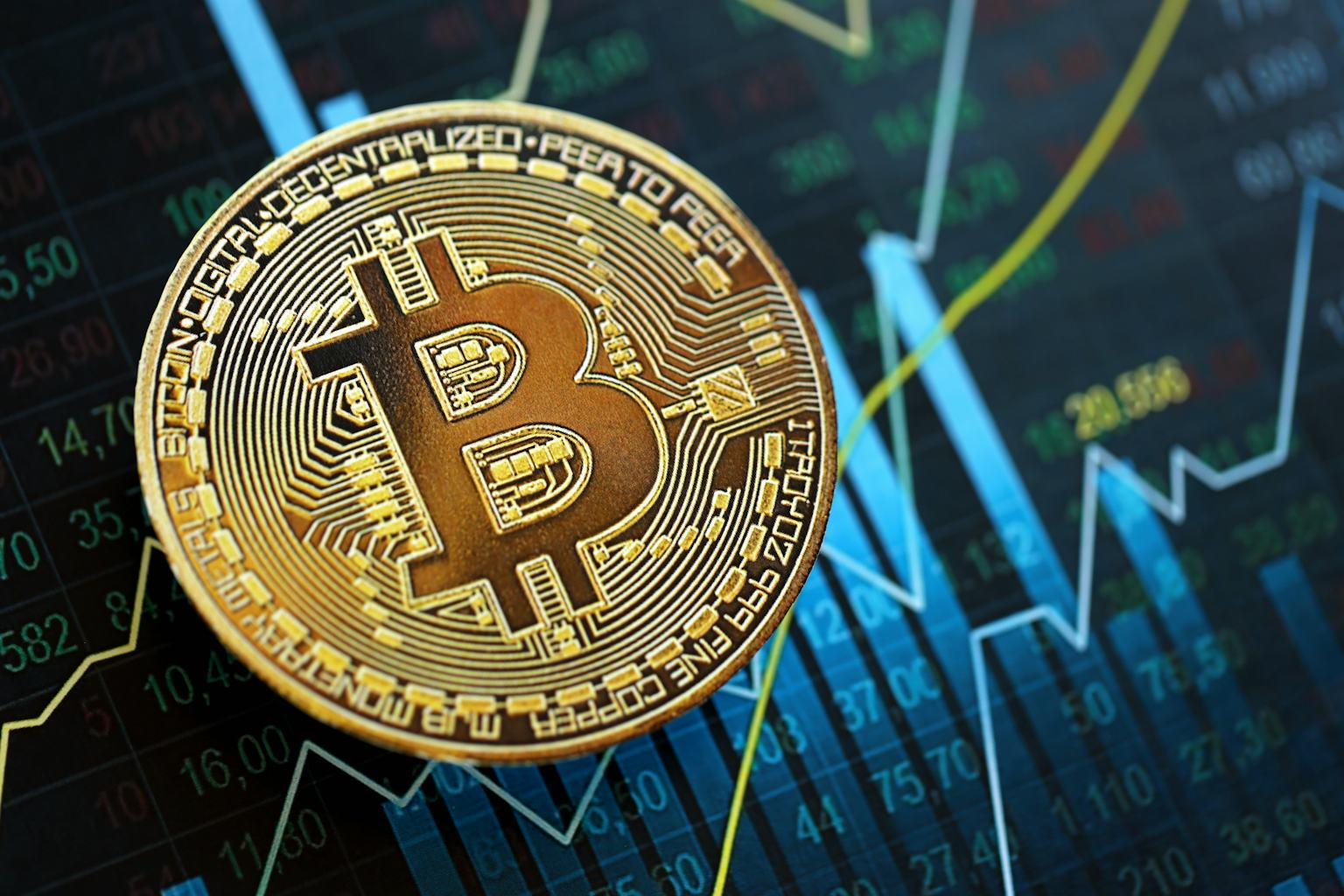
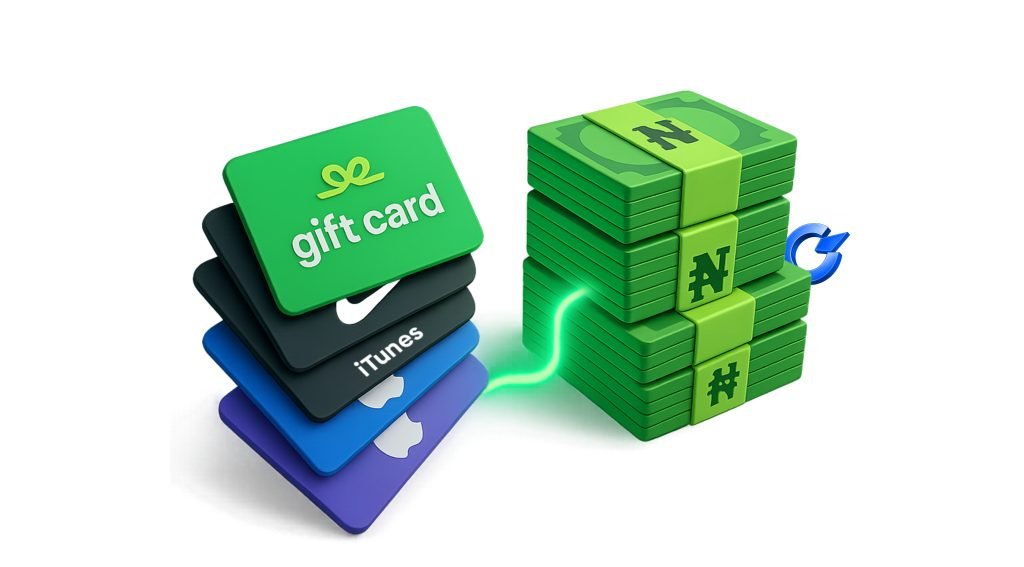
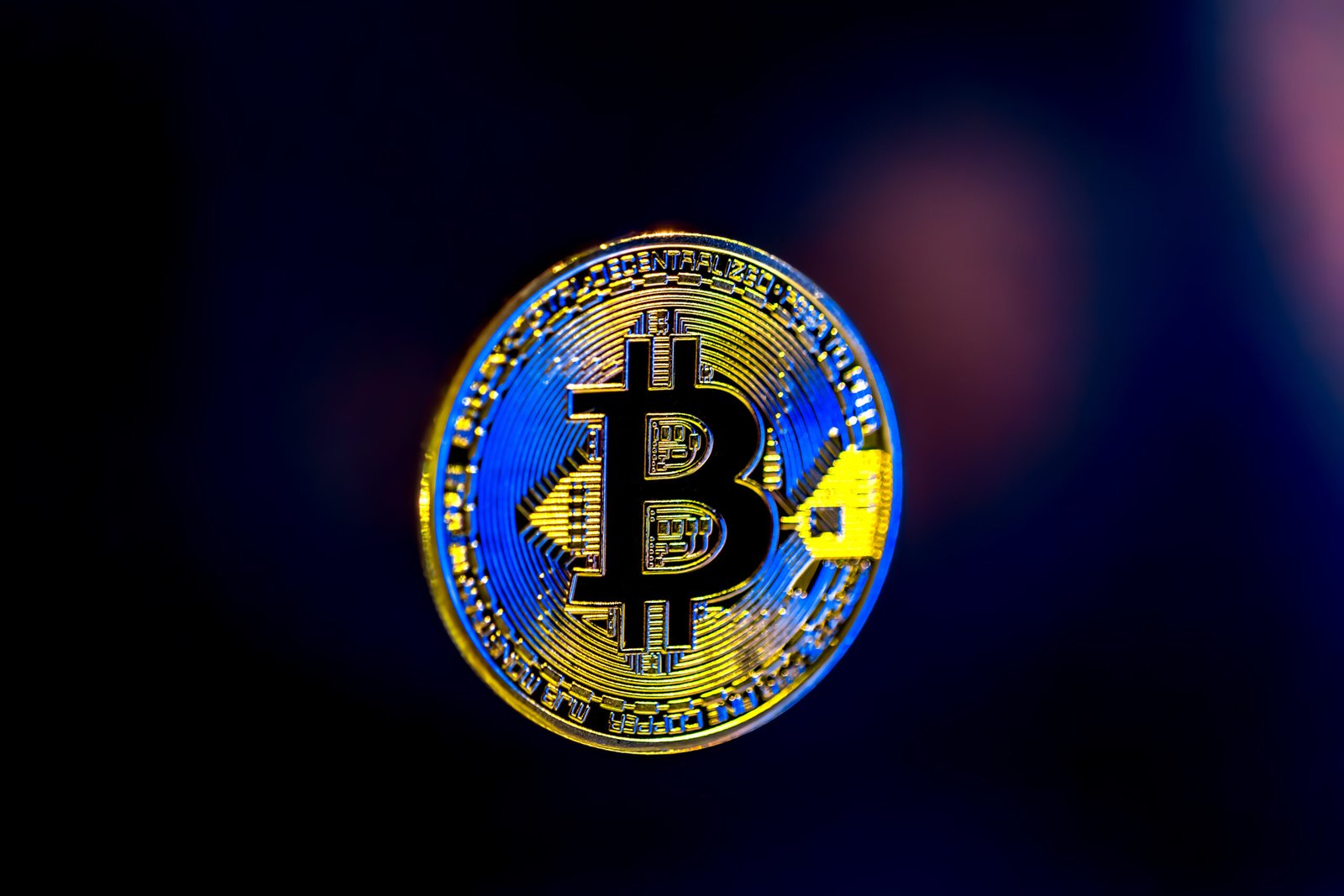
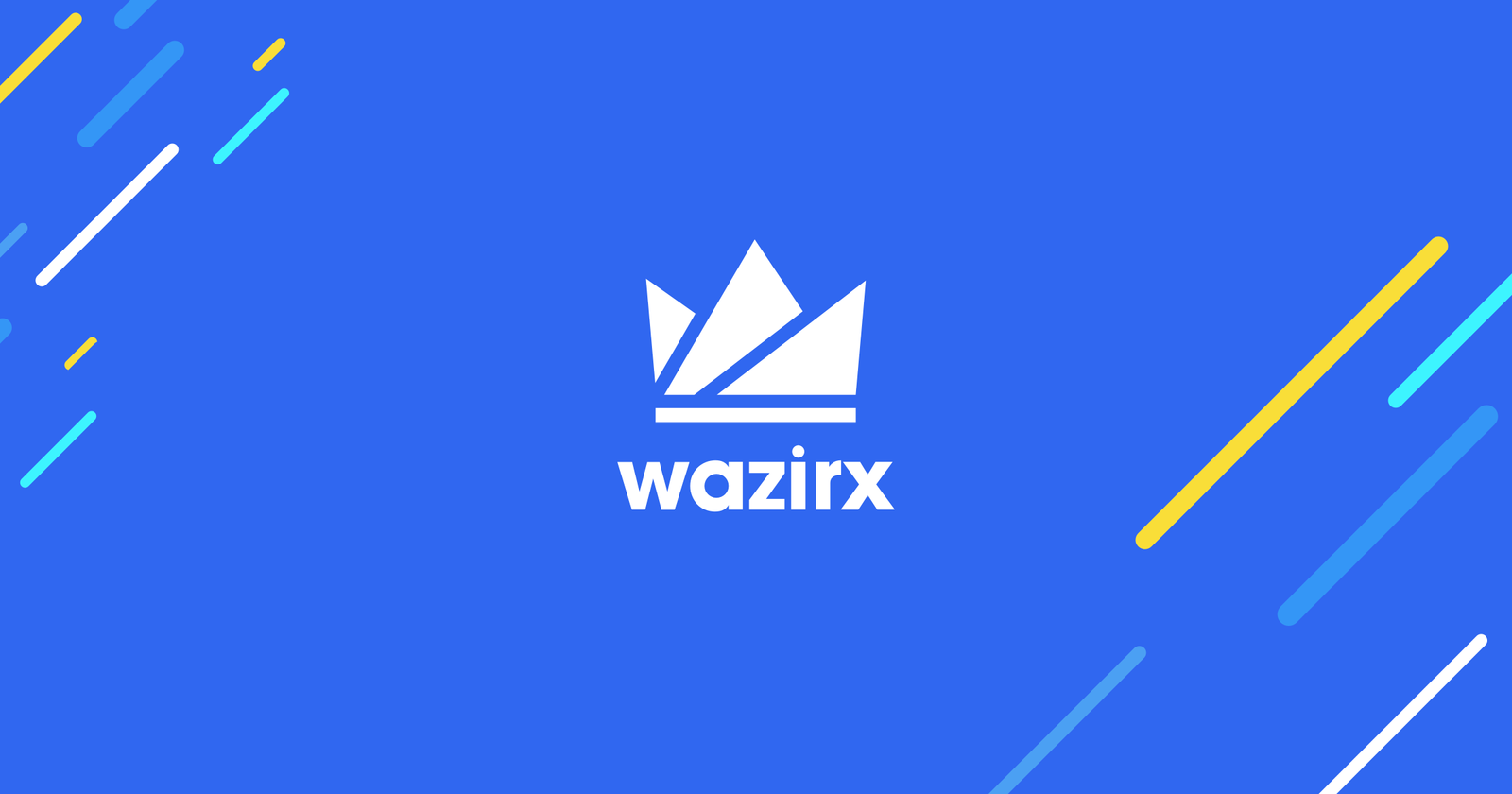
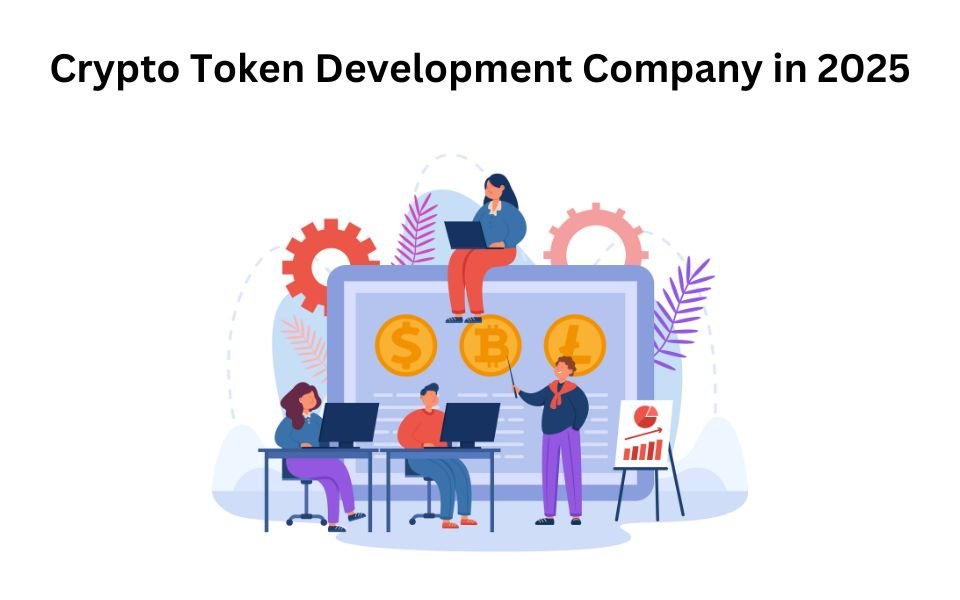
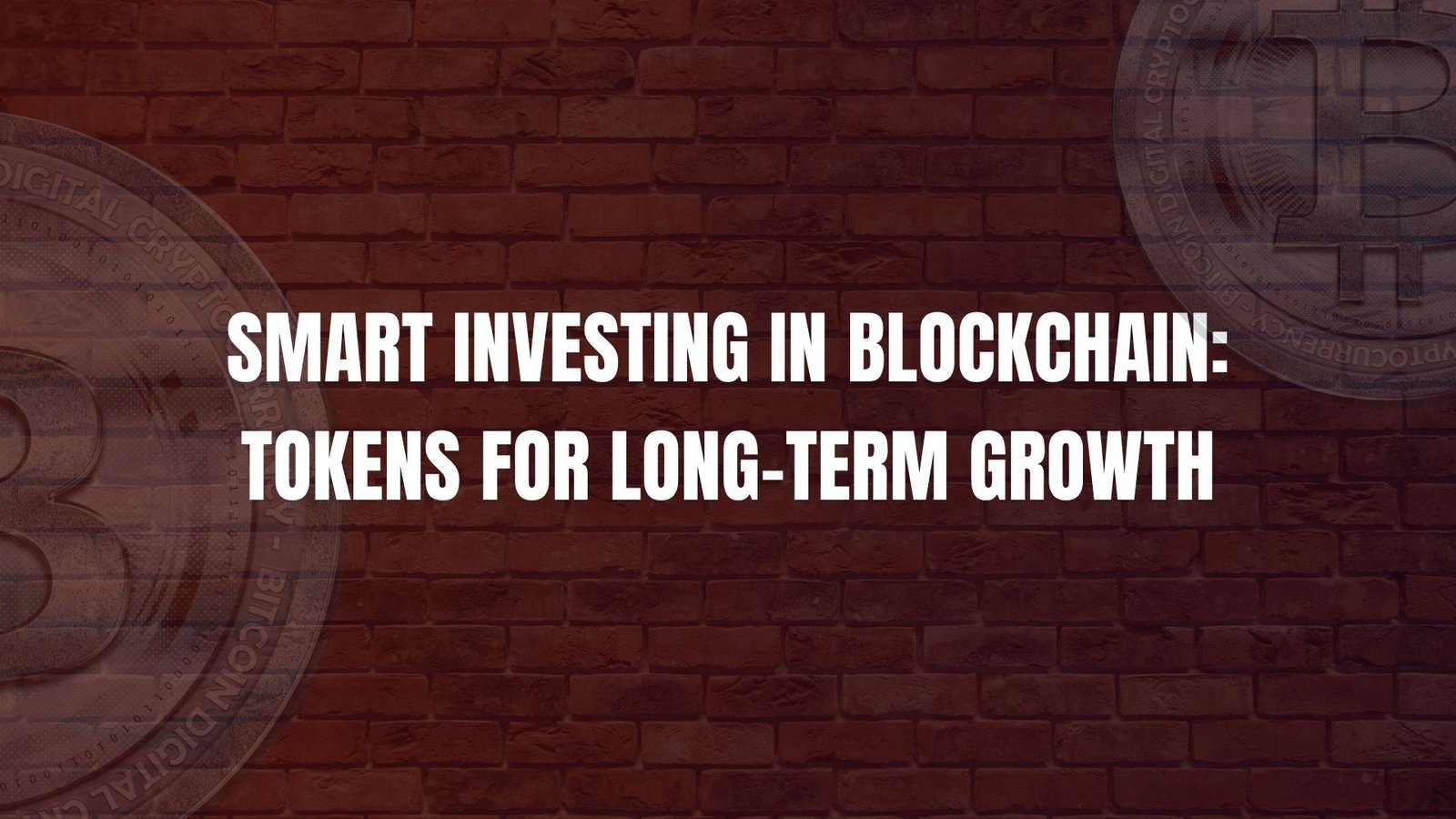

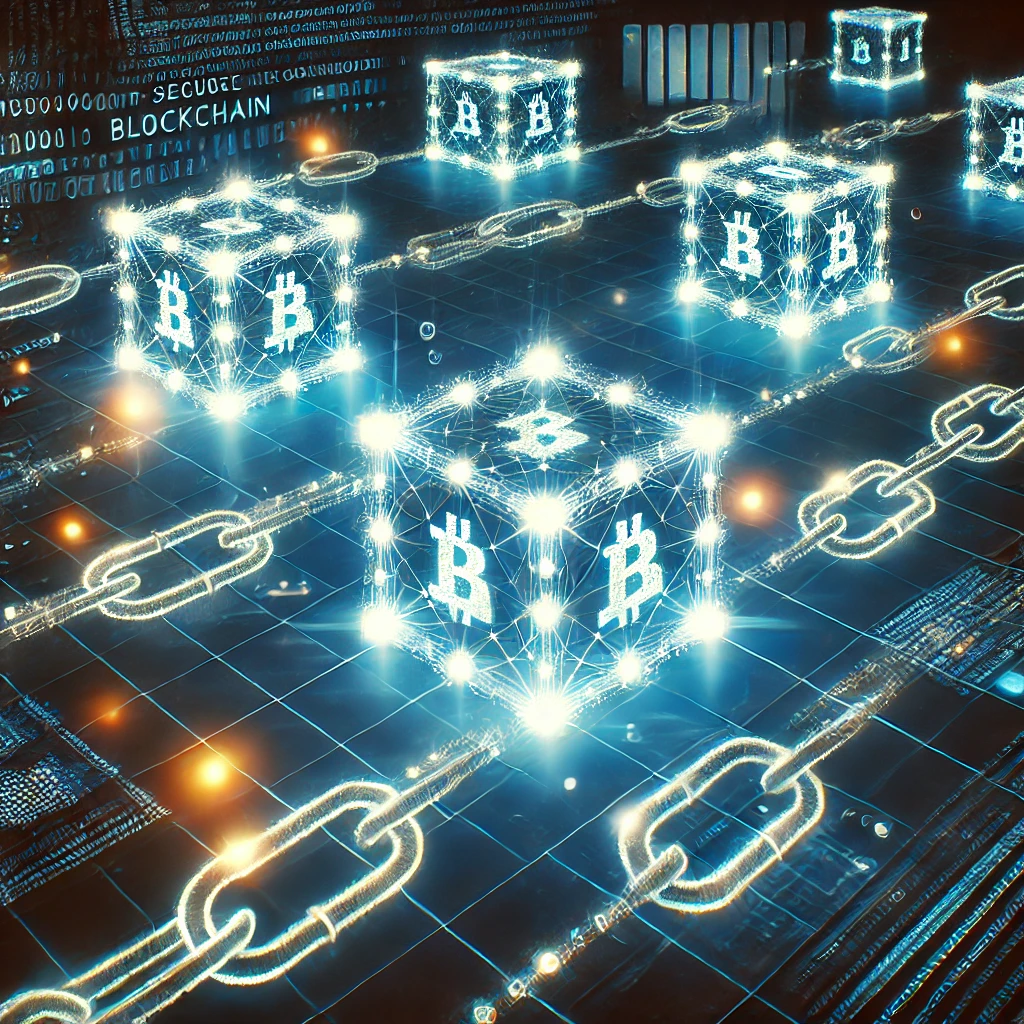






Leave a Reply